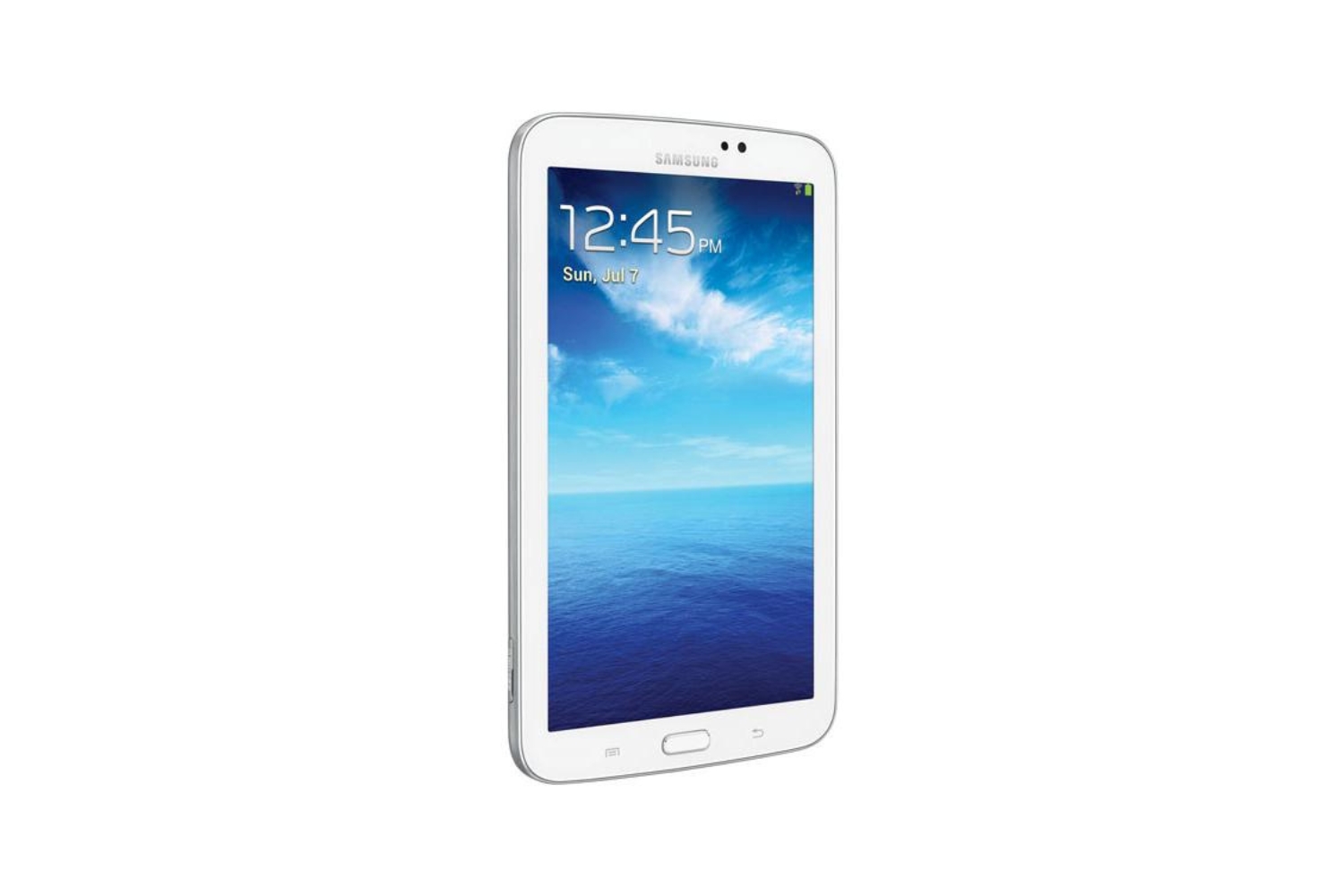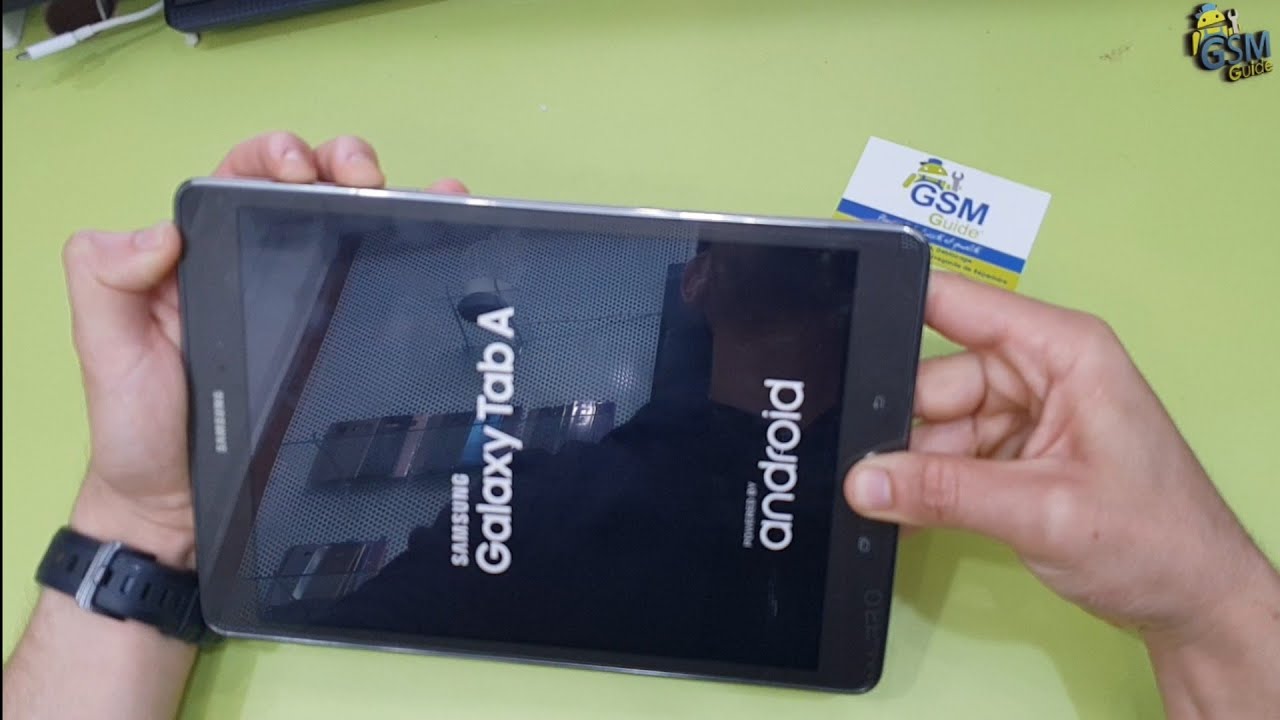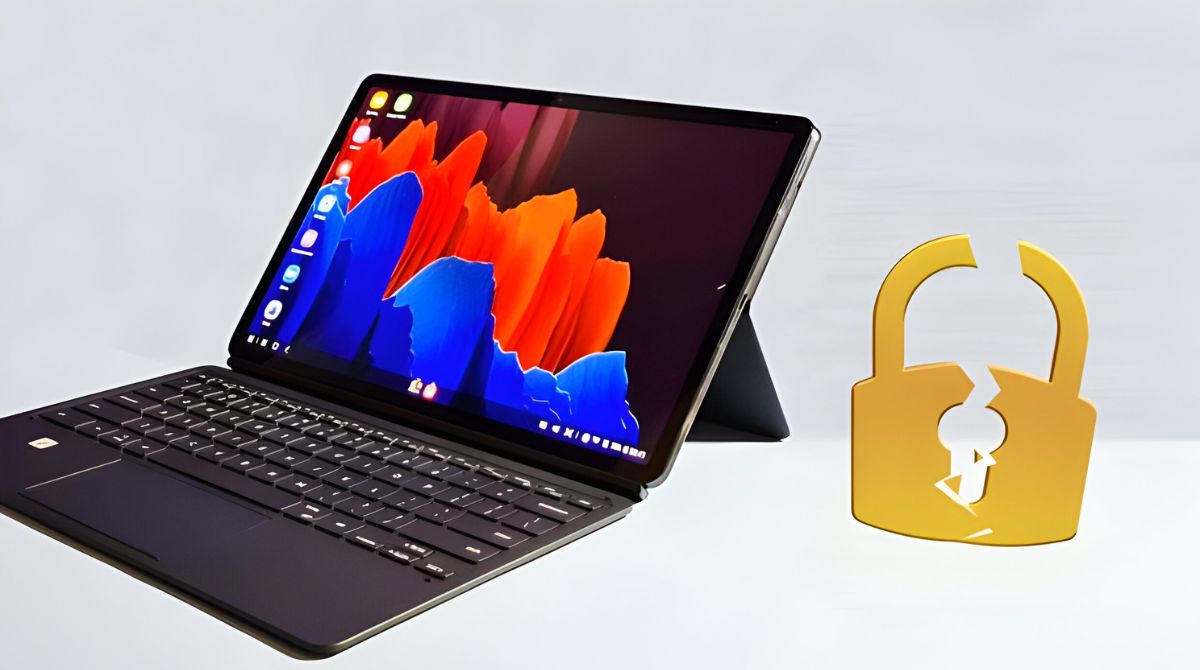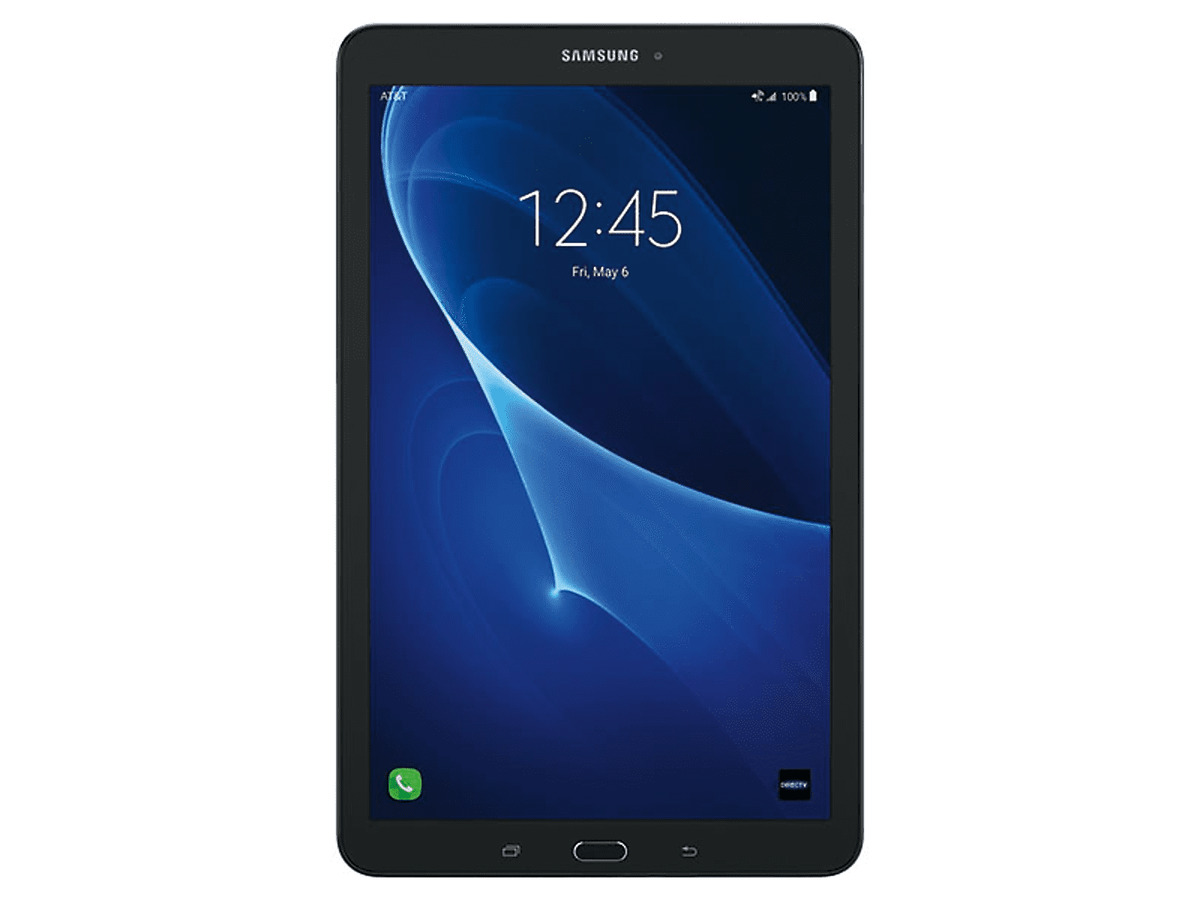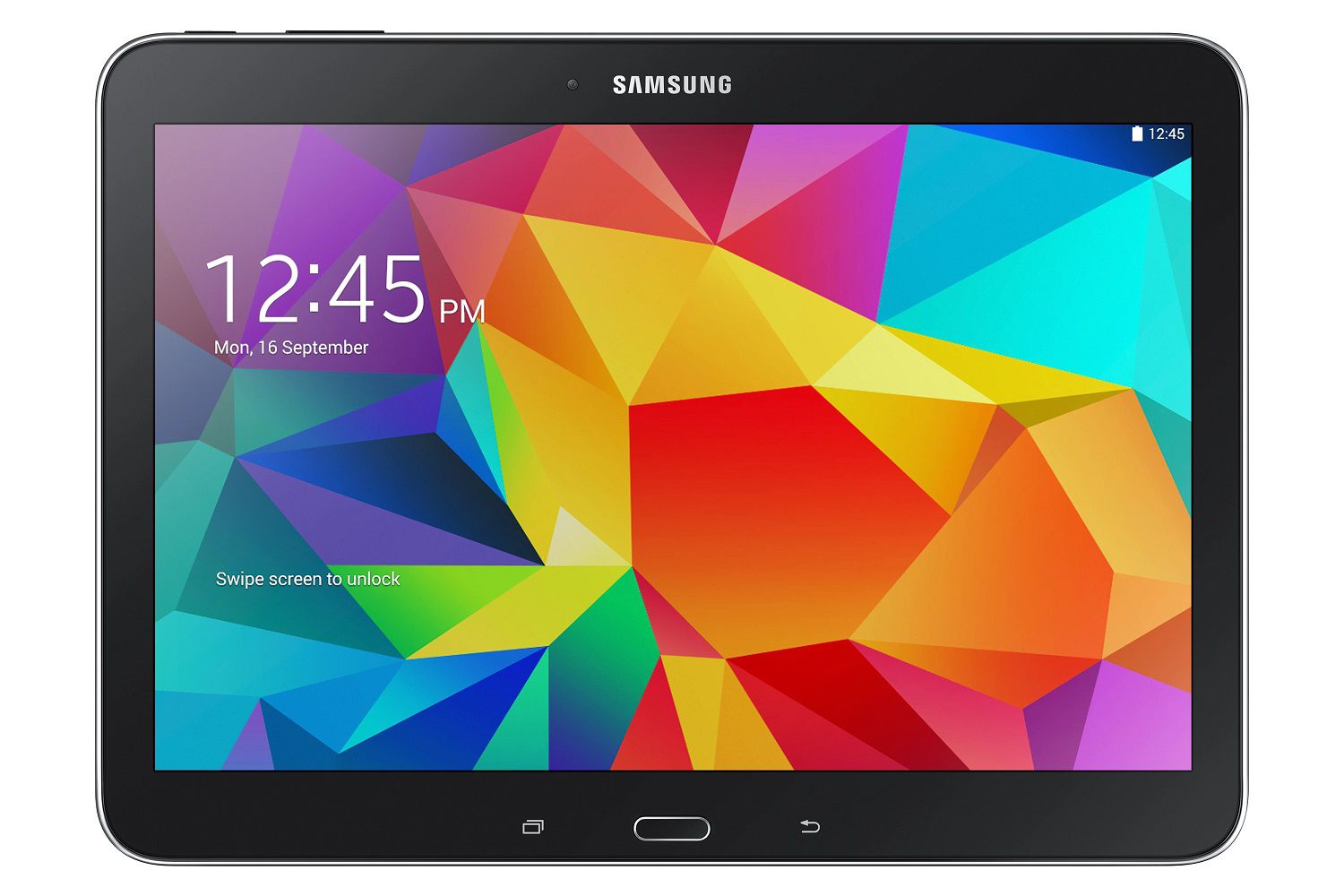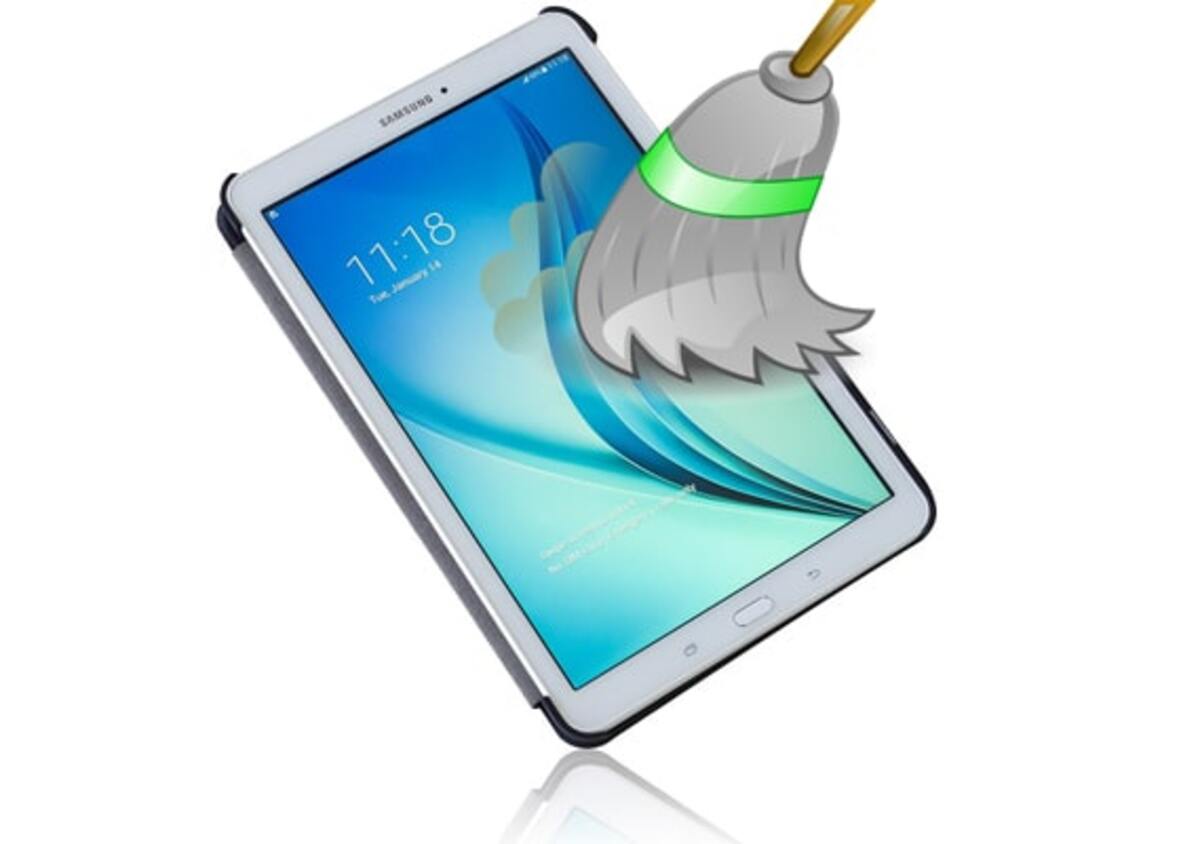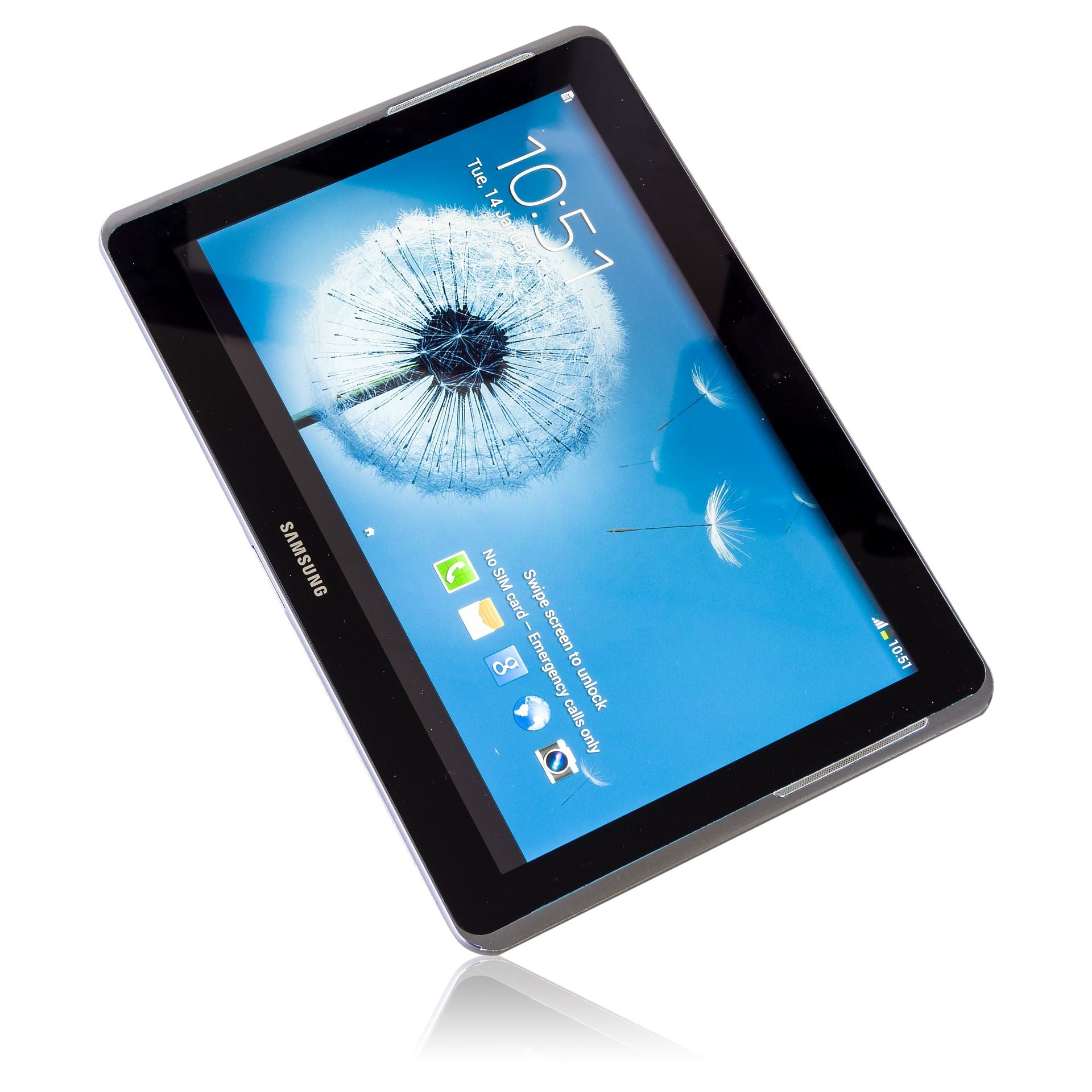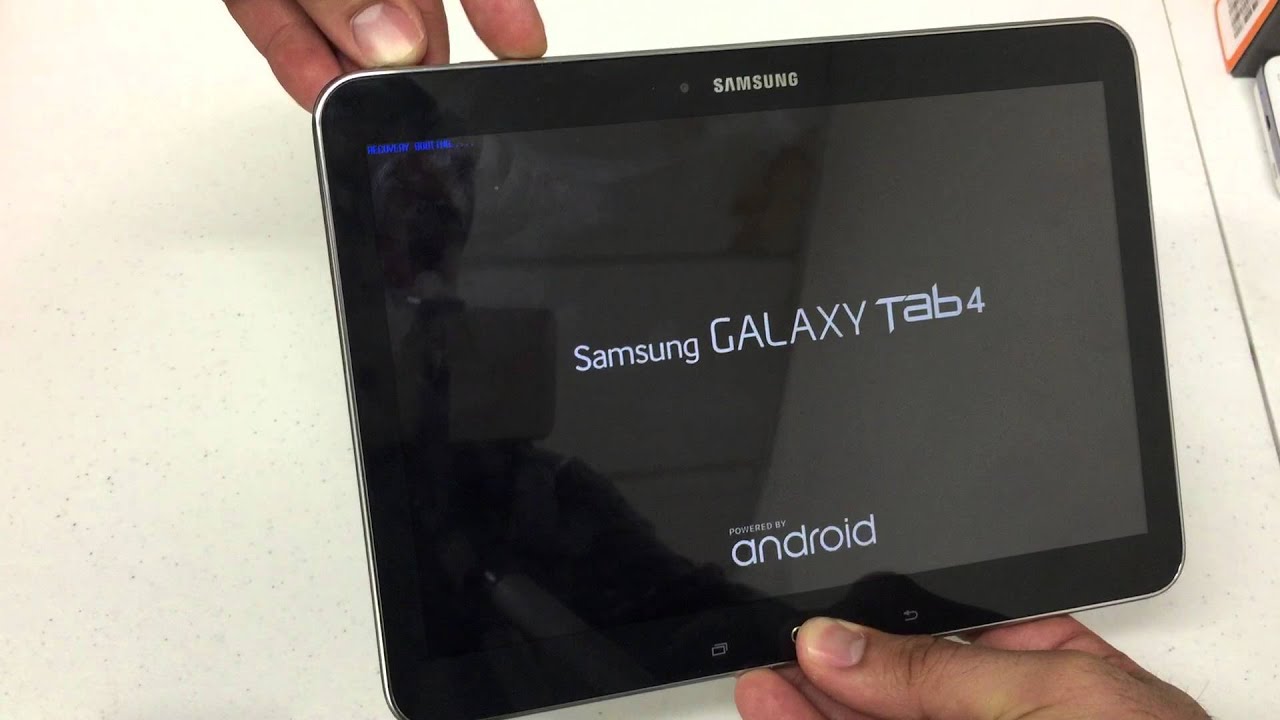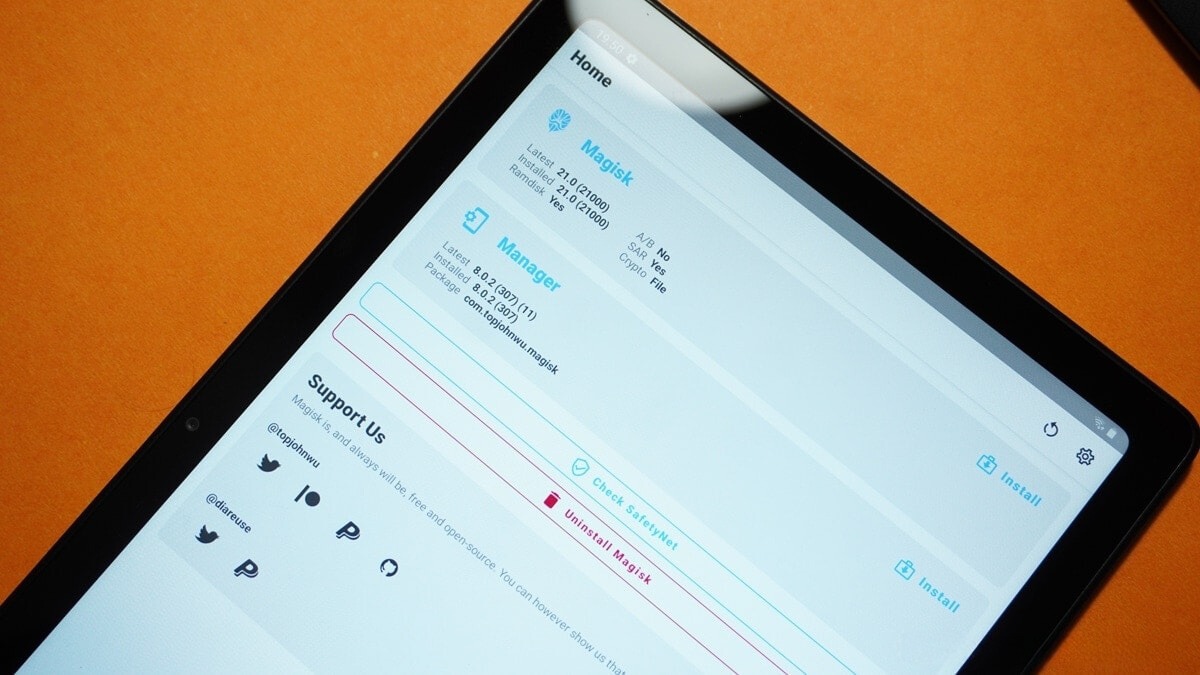Introduction
Welcome to our guide on how to reset a Samsung Galaxy Tablet 3. If you’re facing issues with your tablet such as freezing, crashing apps, or unresponsive touch screen, performing a reset may help to resolve these problems.
Before proceeding with the reset process, it’s important to note that resetting your tablet will erase all data and settings. Therefore, it’s crucial to back up any important files or data that you want to keep. We will cover how to backup your data in the first part of this guide.
In the subsequent sections, we will guide you through two methods to reset your Samsung Galaxy Tablet 3. The first method is the soft reset, which is simpler and can be performed in case you’re experiencing minor issues with your tablet. The second method is the factory reset, which is more comprehensive and can help to resolve more complex issues.
The factory reset can be done either through the settings menu or via the recovery mode. We will provide step-by-step instructions for both methods, allowing you to choose the one that best suits your needs and preferences.
It’s essential to understand that performing a factory reset will erase all data on your tablet, including apps, contacts, and personal settings. Therefore, it’s advisable to create a backup before proceeding. Additionally, make sure your tablet is charged or connected to a power source to avoid any interruptions during the process.
Now that you have a clear understanding of what to expect from this guide and the precautions to take, let’s dive into the first part, which covers backing up your data.
Part 1: Backup Your Data
Before performing a reset on your Samsung Galaxy Tablet 3, it’s crucial to back up any important data or files to prevent their loss. Follow the steps below to create a backup:
1. Connect to Wi-Fi: Ensure that your tablet is connected to a stable Wi-Fi network to ensure a smooth backup process.
2. Sign in to your Samsung Account: If you have a Samsung account, sign in to it on your tablet. This step will help you easily restore your data later.
3. Enable Backup and Sync: Go to the “Settings” menu on your tablet and tap on “Accounts and Backup.” Select “Backup and Restore” and toggle on the “Back up my data” and “Automatic restore” options.
4. Choose Google Account Backup: In the “Backup and Restore” menu, tap on “Backup account” and select your Google account. This will ensure that your data is backed up to your Google Drive.
5. Select Data to Back Up: Tap on “App data,” “Call history,” “Device settings,” and “Contacts” to select the data you want to back up. Ensure that the toggle switches for these options are turned on.
6. Start Backup: Once you have selected the data to back up, tap on “Back up now” to initiate the backup process. The time required for the backup will depend on the amount of data being backed up and the speed of your internet connection.
Upon completion of the backup process, your important data and settings will be securely stored in your Google account. This will allow you to easily restore them after performing the reset on your tablet.
It’s important to note that the Google backup feature does not back up media files such as photos and videos. To preserve these files, you can manually transfer them to a computer or external storage device using a USB cable or upload them to a cloud storage service like Google Photos or Dropbox.
Now that you have successfully backed up your data, you can proceed to perform a soft reset on your Samsung Galaxy Tablet 3. This method is useful for resolving minor issues and can be done without losing any data. Let’s move on to Part 2 to learn how to perform a soft reset.
Part 2: Soft Reset
If you’re experiencing minor issues with your Samsung Galaxy Tablet 3, a soft reset can often resolve them without causing any loss of data. Follow the steps below to perform a soft reset:
1. Locate the Power button: On your tablet, find the Power button. It’s usually located on the right side of the device or at the top, depending on the model.
2. Press and hold the Power button: With your tablet turned on, press and hold the Power button until a menu appears on the screen.
3. Select Restart or Reboot: From the menu options, tap on “Restart” or “Reboot.” This will initiate the soft reset process.
4. Wait for the tablet to restart: After selecting the restart option, your tablet will shut down and then power back on. Be patient and wait for the device to fully restart.
Once the soft reset is complete, check if the issues you were facing have been resolved. The tablet should now function smoothly without any glitches or minor problems.
If you’re still experiencing issues after performing a soft reset, you may need to consider a factory reset. This will erase all data and settings on your tablet, so it’s crucial to have a backup of your important files as discussed in Part 1 of this guide.
In the next part, we will cover how to perform a factory reset through the settings menu on your Samsung Galaxy Tablet 3. Please proceed to Part 3 to learn the step-by-step instructions.
Part 3: Factory Reset via Settings
If you’ve tried a soft reset and are still experiencing persistent issues with your Samsung Galaxy Tablet 3, a factory reset may be necessary. This process will erase all data and settings on your tablet, so it’s crucial to have a backup of your important files as discussed in Part 1 of this guide. Follow the steps below to perform a factory reset via the settings menu:
1. Open the Settings menu: On your tablet, go to the Settings by swiping down the notification panel from the top of the screen and tapping on the gear icon or by locating the Settings app in the app drawer.
2. Access the Backup & Reset menu: In the Settings menu, scroll down and tap on “General Management” or “System,” depending on your tablet’s software version. Then, tap on “Reset” or “Reset Options.”
3. Select Factory Data Reset: In the Reset menu, tap on “Factory Data Reset” or “Factory Reset.” You may need to enter your PIN, pattern, or password to proceed.
4. Review the information and confirm: Read the information provided about the implications of a factory reset, including the loss of data, and then tap on “Reset” or “Erase Everything” to confirm.
5. Wait for the reset to complete: The factory reset process will now begin. Your tablet will automatically restart and go through the setup process as if it was brand new. This may take a few minutes, so be patient and avoid interrupting the process.
Once the factory reset is complete, your Samsung Galaxy Tablet 3 will be restored to its original factory settings, free from any previous issues or discrepancies. You can now set up your tablet, restore your data from the backup, and start afresh.
In case you’re unable to perform a factory reset via the settings menu, or if your tablet is unresponsive or stuck on the startup screen, you can try a factory reset using the recovery mode. Proceed to Part 4 to learn how to perform a factory reset via recovery mode.
Part 4: Factory Reset via Recovery Mode
If you’re encountering issues with your Samsung Galaxy Tablet 3 that prevent you from performing a factory reset through the settings menu, you can try using the recovery mode. This method allows you to initiate a factory reset from a separate bootable mode, bypassing any software-related obstacles. Follow the steps below to perform a factory reset via recovery mode:
1. Power off your tablet: Ensure that your tablet is turned off by pressing and holding the Power button until the power options menu appears. Then, tap on “Power off” and wait for your tablet to shut down completely.
2. Enter recovery mode: Once your tablet is powered off, press and hold the Volume Up button and the Power button simultaneously. Continue to hold both buttons until the Samsung logo appears on the screen, then release the Power button while still holding the Volume Up button.
3. Navigate the recovery menu: In the recovery mode menu, use the Volume Up and Volume Down buttons to navigate through the options. Look for the “Wipe data/factory reset” or “Factory Reset” option and use the Power button to select it.
4. Confirm the factory reset: On the confirmation screen, carefully read the information and make sure you understand that all data on your tablet will be deleted. Then, use the Volume buttons to highlight the “Yes” option and press the Power button to confirm the factory reset.
5. Wait for the reset to complete: The factory reset process will commence, and you will see a progress bar on the screen. Wait for the reset to complete, and once it’s finished, the recovery mode menu will reappear.
6. Reboot your tablet: Select the “Reboot system now” option using the Power button. Your tablet will restart, and upon completion, it will be restored to its original factory settings.
It’s important to note that the navigation controls in the recovery mode menu may vary slightly depending on the tablet’s model and software version. Therefore, read the on-screen instructions carefully to ensure you’re selecting the correct options.
Once the factory reset via recovery mode is complete, your Samsung Galaxy Tablet 3 will be reset to its original state, allowing you to set it up from scratch. Remember to restore your data from the backup you created earlier to retrieve your files and settings.
With the factory reset completed, any persistent issues or software glitches will likely be resolved. Your tablet will now be in a fresh state, ready for you to customize and use as desired.
Conclusion
Resetting your Samsung Galaxy Tablet 3 can be a helpful solution when you’re facing various issues such as freezing, crashing apps, or unresponsive touch screens. In this guide, we have walked you through the process of performing a soft reset, a factory reset via the settings menu, and a factory reset using the recovery mode.
Before going ahead with any reset, it’s crucial to back up your data to prevent any loss. We discussed the importance of backing up your files and provided step-by-step instructions on how to create a backup.
If you’re experiencing minor issues, a soft reset may be sufficient to resolve them without losing any data. On the other hand, if you’re facing persistent or more severe issues, a factory reset may be necessary. Through the settings menu or the recovery mode, you can initiate a factory reset and restore your tablet to its original factory settings.
Remember, performing a factory reset will wipe all data and settings, so it’s essential to have a backup of your important files. Additionally, ensure that your tablet is charged or connected to a power source to avoid any interruptions during the reset process.
We hope this guide has been helpful in assisting you with resetting your Samsung Galaxy Tablet 3. If you have any further questions or need additional support, consult the device’s user manual or reach out to Samsung customer support for further assistance.
With a reset tablet, you can start afresh and enjoy a smooth and optimized user experience, free from the issues that were troubling you before.







